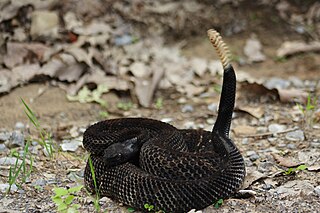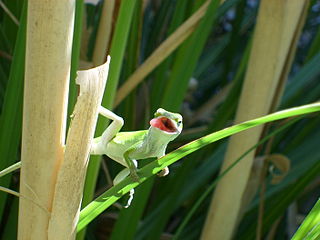Approximately 2,000 scorpion species have been described, but most arachnologists believe that many more await discovery. Few, however, expected an unknown species to turn up within sight of a major city in the USA. But that is what happened earlier this year, and the discovery was unusual for other reasons as well. Another noteworthy new scorpion species surfaced in the Ecuadorean Andes, a little-studied region long suspected of being a diversity hotspot for scorpions. New Arachnids of all kinds are regularly discovered…please post our own news items and thoughts at the end of this article.
A Unique Scorpion from Arizona’s “Sky Islands”
One never knows where new invertebrates will appear. In 2000, a new centipede was found in NYC’s Central Park, of all places. Still, the discovery of a sizable scorpion now known as Vaejovis brysoni was surprising on several levels. The scorpion was discovered accidentally, in an area of the Santa Catalina Mountains that had been well-studied (6 new species have been found there since 2006), and within sight of Arizona’s capitol city of Tuscan (please see photo).
Also very surprising is the fact that the new scorpion’s habitat is considered by biologists to be a “sky island”. Sky islands are mountain tops that have become isolated from nearby mountains that contain similar habitats and species. The valleys between the mountain tops prevent scorpions and other animals from breeding with one another. Over time, these isolated populations evolve into distinct species. Oddly, another scorpion of the same genus is already resident on V. brysoni’s “sky island”. This is the first time that closely related animals have been found on the same mountain in this region. Learning how 2 similar species survive in close proximity to one another should provide interesting insights into scorpion evolution. Read More »
 That Reptile Blog – Reptile, Amphibian and Exotic Pet Care and Information
That Reptile Blog – Reptile, Amphibian and Exotic Pet Care and Information





